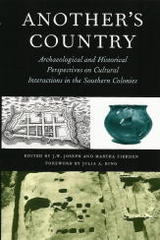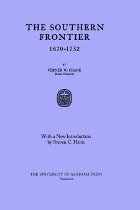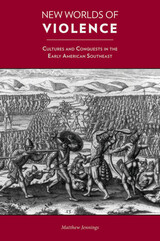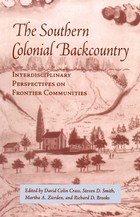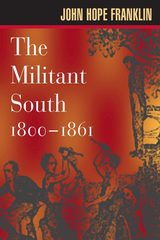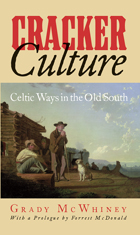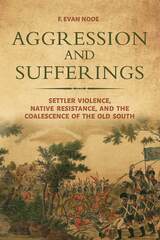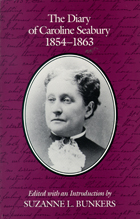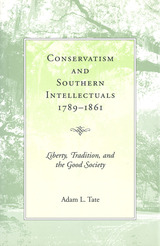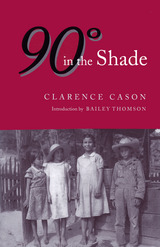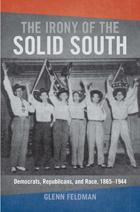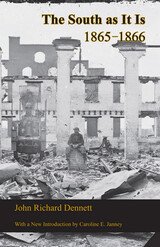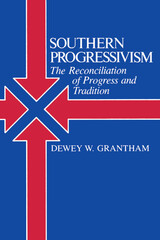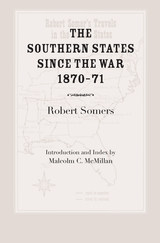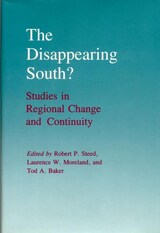“Barnes has written the story of the Clayton assassination and cover-up in admirably accessible prose, brilliantly organized. He makes clear the significance of this single event and the place of violence in the Reconstruction metanarrative. Students. . .will find it riveting and [will] come away with a clearer understanding of what happened during Reconstruction.” - Christopher Waldrep, American Historical Review
“This is a gem of a monograph, well-researched, written in plain English, and a work whose broad import extends beyond one county or one state.” - George B. Tindall, Journal of American History
“[T]his fascinating study . . . is much more than simply an examination of murder. Barnes uses this incident as the entry into the world of a post-Civil War Southern community, scrutinizing Conway County’s social drama, discovering the tensions that made possible the murder of a highly visible public figure. . . . Barnes’s close-up look at this community is a jarring reminder of the fragility of life in the postwar South. . . . Anyone interested in the development of the South from the years of the Civil War to the end of the nineteenth century will find this study worth examining.” - Civil War History
“This superb book is a model of what local history can and ought to be. . . . [It] is essential reading for all those interested in the history of Arkansas and the South. It not only reveals who killed Clayton and why but also explains the consequences of this premeditated act and reveals much about the role of violence in the nation’s political process.” - Willard B. Gatewood, Arkansas Historical Quarterly
“The circumvention of democracy in Conway County, Arkansas, in the late 1880s is a sad and sordid tale, well-told in this elegantly crafted book.” - Randy Finley, The Journal of Southern History
“Barnes has written a vivid, powerful, and full narrative about material few historians have encountered.”—Ted Ownby, University of Mississippi
“Kenneth Barnes manages to explore and illuminate some of the most significant and vexing questions related to the emergence of the ‘Solid South’ at the close of the nineteenth century. This fascinating book makes an original contribution to our understanding of the New South’s political culture.”—Raymond Arsenault, University of South Florida
“[T]his fascinating study . . . is much more than simply an examination of murder. Barnes uses this incident as the entry into the world of a post-Civil War Southern community, scrutinizing Conway County’s social drama, discovering the tensions that made possible the murder of a highly visible public figure. . . . Barnes’s close-up look at this community is a jarring reminder of the fragility of life in the postwar South. . . . Anyone interested in the development of the South from the years of the Civil War to the end of the nineteenth century will find this study worth examining.”
-- Civil War History
“Barnes has written the story of the Clayton assassination and cover-up in admirably accessible prose, brilliantly organized. He makes clear the significance of this single event and the place of violence in the Reconstruction metanarrative. Students. . .will find it riveting and [will] come away with a clearer understanding of what happened during Reconstruction.”
-- Christopher Waldrep American Historical Review
“The circumvention of democracy in Conway County, Arkansas, in the late 1880s is a sad and sordid tale, well-told in this elegantly crafted book.”
-- Randy Finley Journal of Southern History
“This is a gem of a monograph, well-researched, written in plain English, and a work whose broad import extends beyond one county or one state.”
-- George B. Tindall Journal of American History
“This superb book is a model of what local history can and ought to be. . . . [It] is essential reading for all those interested in the history of Arkansas and the South. It not only reveals who killed Clayton and why but also explains the consequences of this premeditated act and reveals much about the role of violence in the nation’s political process.”
-- Willard B. Gatewood Arkansas Historical Quarterly

